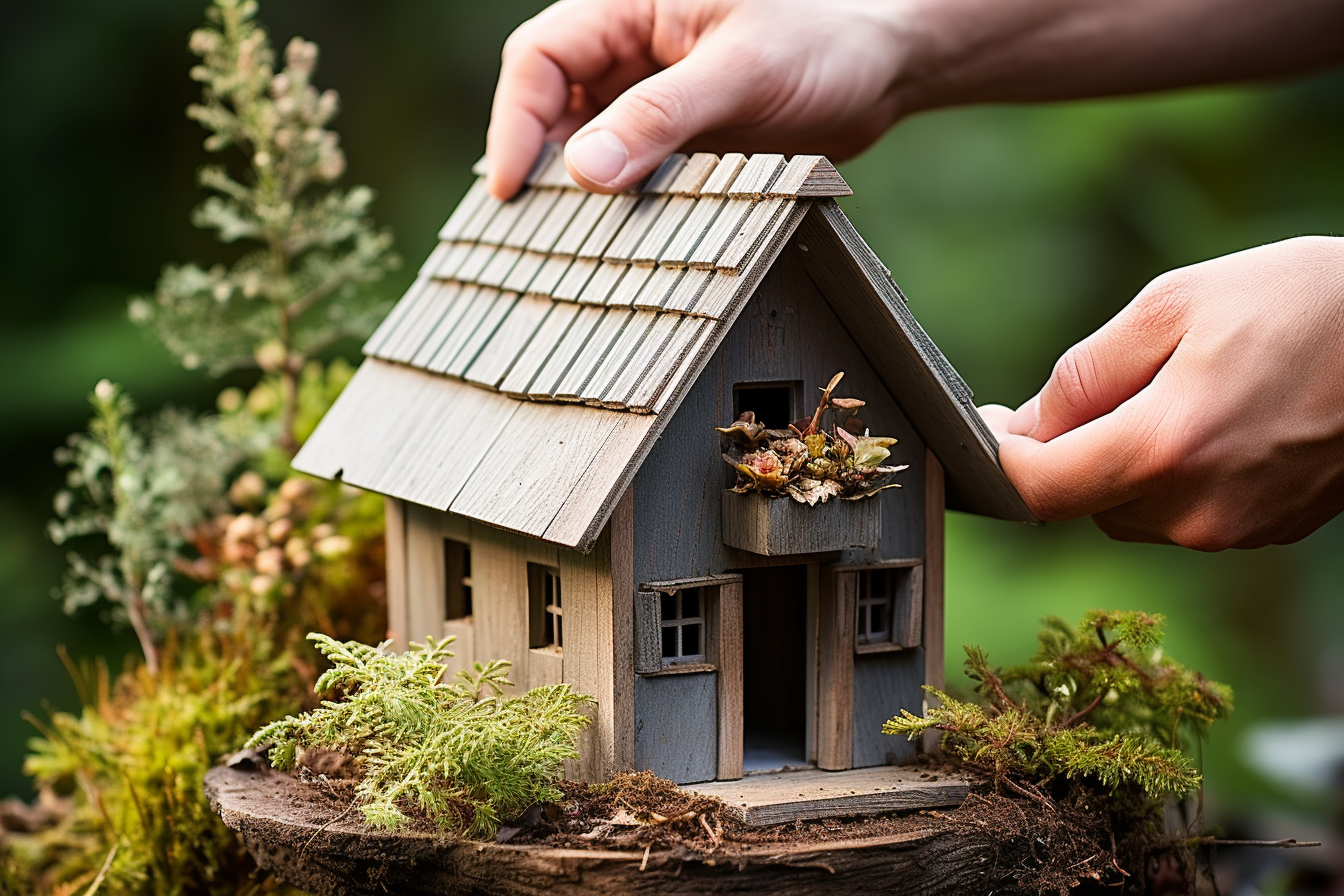Nature listening devices are wonderful tools that allow wildlife lovers to get even closer to the nature around them. Whether for passionate naturalists, bird watchers or just nature lovers in general, these devices offer an incomparable immersive experience.
The benefits of nature listening devices
Nature listening devices allow wildlife enthusiasts to discover sounds and atmospheres that they would never have been able to perceive otherwise. By listening carefully, they can distinguish the songs of birds, the rustling of leaves in the trees, or the cries of nocturnal animals. This sound immersion provides a unique experience that connects us more deeply with our natural environment.
In addition, these devices are often equipped with advanced functions that allow the recorded sounds to be recorded. This offers the possibility of listening to them again later, of sharing them with other enthusiasts and even of using them for scientific purposes, thus contributing to the preservation of biodiversity.
How to build a nature listening device
Building a nature listening device may seem complex, but with the right advice and the right tools, it is a task within the reach of all DIY enthusiasts eager for sound discoveries.
Choosing the Right Microphone
The microphone is a key part of any nature listening device. There are different types of microphones, each with their own characteristics and benefits. Directional microphones, for example, capture sounds coming from a certain direction, ideal for isolating a bird’s song in a noisy environment. Omnidirectional microphones, on the other hand, pick up sounds equally from all directions, perfect for recording the soundscape of a forest.
Use a quality recorder
Once the microphone has been chosen, it is important to combine it with a quality recorder to capture sounds with good fidelity. Portable recorders often offer long battery life, good audio quality and advanced features such as ambient noise cancellation or the ability to adjust bass and treble.
Design a listening boom
To capture sounds optimally, it is recommended to build a listening boom. This can be made from simple materials such as wood or metal, strong enough to support the weight of the microphone. It must be long enough to amplify sounds without introducing unwanted vibrations.
Protect the device against bad weather
Since nature can be unpredictable, it is essential to protect the listening device from the elements. A waterproof cover or waterproof case can be used to protect the recorder and microphone from possible rain or splashing water.
Analyze recordings
Once the recordings have been made, it is possible to analyze them with specialized software. These tools make it possible to identify different species of birds or animals based on their songs or cries. This can be an exciting way to learn more about the wildlife around us and contribute to environmental protection initiatives.
The construction of nature listening devices offers a unique experience to environmental and biodiversity enthusiasts. By allowing us to get even closer to nature, these devices immerse us in a fascinating world of sound. Whether for bird watching, studying animal behavior, or simply for the pleasure of listening to the sounds of nature, these devices are a great way to strengthen our connection with the natural world around us. So, don’t hesitate to build your own listening device and discover nature’s sound treasures!












